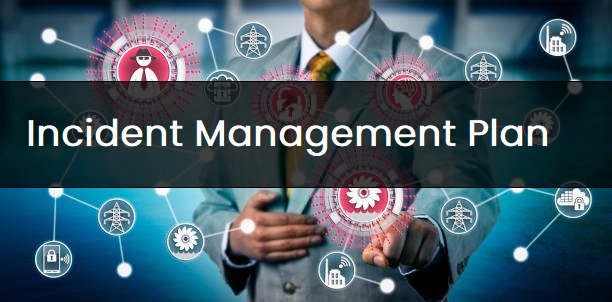A well-defined and regularly updated incident management plan ensures your IT services stay online and work at total capacity. It can also help prevent costly outages and other security incidents.
A good plan should balance detail and flexibility. It should also be reviewed and tested regularly.
Identify Risks and Threats
Identifying the risks and threats affecting your organization is crucial to any incident management plan. This can include assessing the potential for cyber attacks, identifying physical security hazards in your environment, and understanding the legal requirements regarding data breach notification.
The risk assessment process involves identifying potential threats and vulnerabilities and resources and methods that may be used to respond to these incidents. This can include implementing network monitoring tools, developing standard operating procedures, and ensuring employees are trained to respond to security breaches and threats.
Once the risks and threats have been identified, they can be prioritized and included in the incident response plan. This will help ensure that the right people are notified and have access to the correct information in the event of an incident.
Next, it’s essential to review and update your incident management plan.
During this review, it’s essential to look at the responses to previous incidents and assess which ones were effective and which did not. This will give you valuable insights into which aspects of your security strategy need improving.
In addition, it’s a good idea to examine how other organizations handle real-life incidents. This analysis can also help you determine if your current plan is working effectively and whether any changes need to be made.
Identify the Right People
Identifying the right people to review your incident management plan is essential to developing and updating a robust strategy. It is also the key to ensuring the program reflects your organization’s current threats and is updated regularly to account for new types of attacks.
Keeping management and other key stakeholders informed of major incidents helps ensure they fully know what is happening and can provide the necessary approvals to resolve any significant issues. This allows teams to be proactive, minimize downtime, and reduce employees’ time on IT support calls.
It is essential to have a system for incoming incident requests that sorts the tickets by category and prioritizes them. This will help technicians get to the heart of the issue more quickly and ensure the key is routed to a qualified technician.
In addition, it is vital to identify a key stakeholder who owns the process for managing incidents. This stakeholder should monitor how well the process is performing and be able to suggest changes and improvements make it better for everyone involved.
Lastly, it is vital to establish a post-incident review that involves representatives from all teams involved in the incident and provides a platform for learning. This includes a thorough analysis of what went wrong and what can be done to avoid similar situations in the future.
Identify Critical Resources
Critical resources are essential for an organization to operate and achieve its goals. They include financial, human, and technical resources.
When reviewing your incident management plan, make sure that you identify all of your critical resources. This can help you ensure that you can respond quickly and effectively during an incident.
Once you have identified your critical resources, you should be able to determine the best course of action for dealing with an incident. This can help you minimize the impact of an incident on your business and reduce the time it takes to recover from an incident.
Consider how you will detect and report incidents to your incident response team. This could involve logging and monitoring from staff, suppliers, or third parties.
In addition to detecting incidents, you should be able to determine their severity level. This can be useful when escalating an incident to senior management.
Once you have identified your critical resources, you must create an incident response plan tailored to your organization’s needs and goals. This can be done by creating a policy that outlines high-level priorities for incident handling and gives your incident response team the authority they need to handle critical situations.
Identify the Right Tools
Regularly reviewing and updating your incident management plan ensures that the right people are trained and equipped to handle incidents efficiently. A good plan should also define who is responsible for what tasks so that everyone can access the information they need when needed.
Identifying the right tools for your incident management system is another essential part of reviewing your plan. Fortunately, there are many different types of tools available to choose from.
Incident management tools can help you record all the incidents your team experiences over time, making them easy to track and analyze. They can also reduce the amount of time dedicated to addressing these issues, allowing staff members to focus more on other tasks at work.
Automated alerts: One of the benefits of using an ITSM tool is the ability to program incidents to be automatically flagged and tracked. This helps teams catch problems that may have otherwise been missed.
Post-incident reviews: Regularly conducting post-incident reviews is also a great idea. It can be an excellent way for your team to evaluate their current processes and learn from their mistakes. This will help you improve your incident management process for the future and prevent any issues from happening again.



